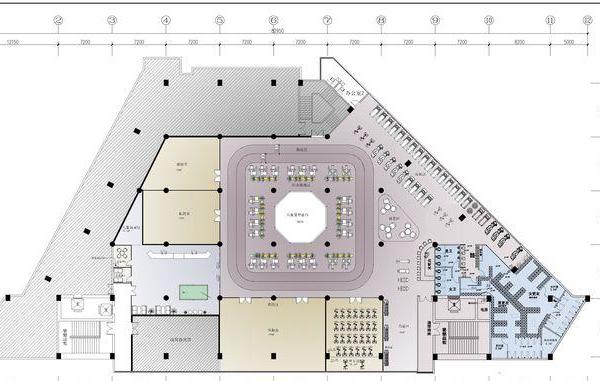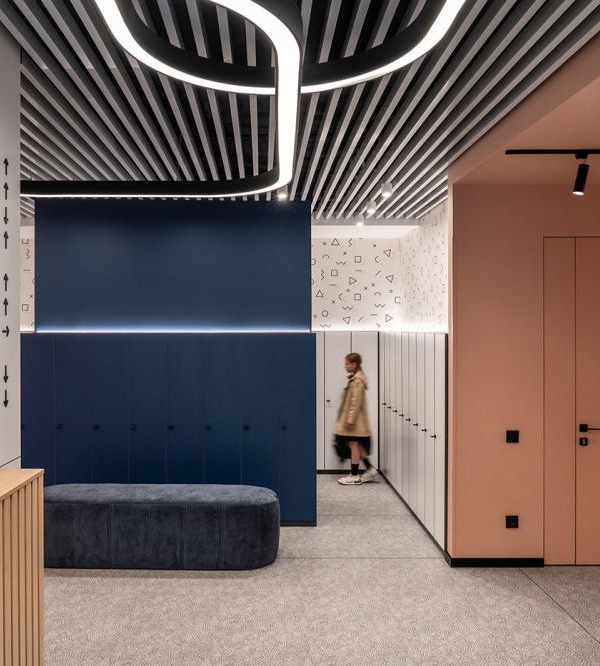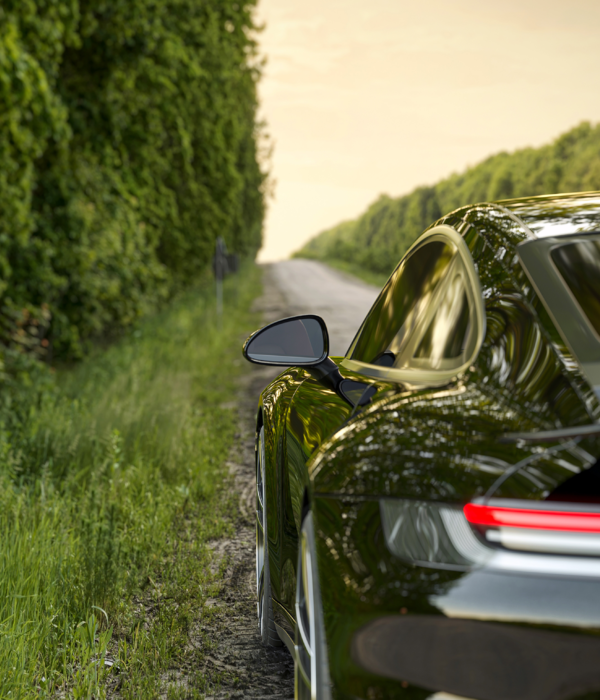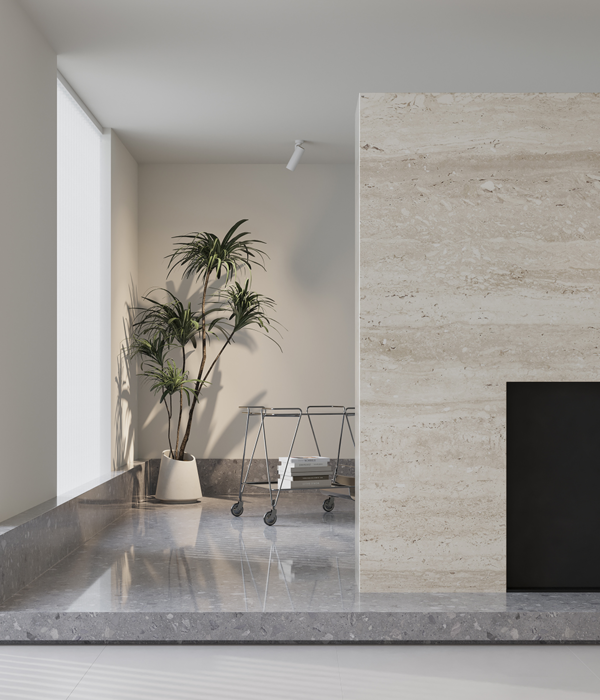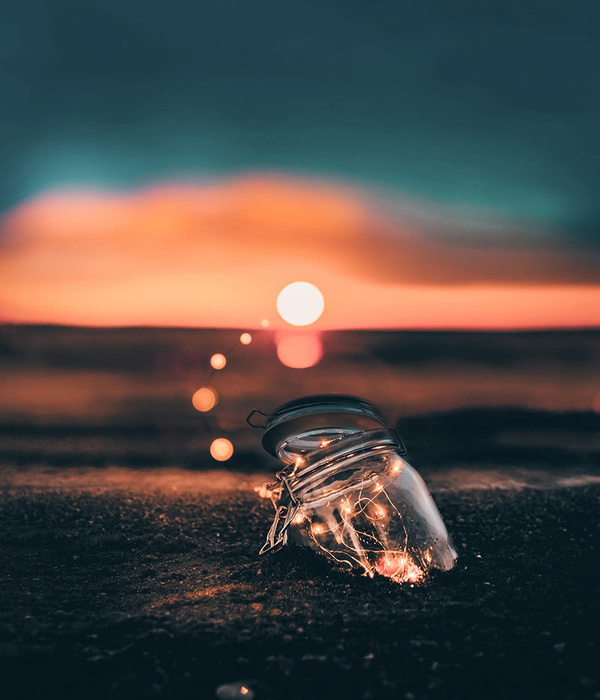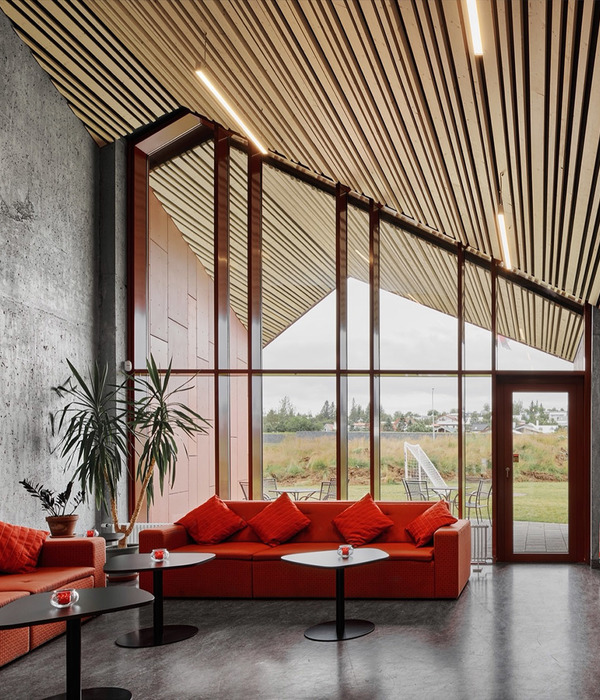The architect disrupts a 17th-century baroque garden in the Netherlands with a monumental series of sculptures
Installation view of Daniel Libeskind’s ‘The Garden of Earthly Worries’ at Paleis Het Loo, Netherlands. Courtesy of Paleis Het Loo
Daniel Libeskind has designed an art installation for a baroque garden in the Netherlands. The Polish-American architect has splashed colour and eccentric shapes across the orderly grounds of the 17th-century palace Paleis Het Loo in Apeldoorn as a protest to climate change.
The ‘Garden of Earthly Worries’ consists of four monumental abstract sculptures that create an imbalance within the organised layout of the garden, designed in its time to represent man’s perfection of nature. ‘The gardens of Paleis Het Loo convey a symmetrical beauty that connects to the cosmic idea of time, space, and paradise,’ says Libeskind. Yet his sculptures, reaching three metres high and towering over the neatly trimmed shrubbery, are anything but symmetrical. Composed of spherical fragments of a globe, curved angles fly out carving up the air with colour.
Yet, don’t be seduced. Like a poisonous insect that attracts with fluorescent colouring, the pieces harbour a sinister secret within their concept: each represents a chemical compound that contributes to climate change. ‘The elements are placed in the garden as intruders; their imperfection is a counterpoint to the orderly landscape,’ says Libeskind, who intended them to appear as ‘toxic projects perverting and destroying nature’.
Ozone and Laughing gas, 2019, by Daniel Libeskind
The architect has completed many powerful works of architecture across the world, notably the Jewish Museum Berlin and the masterplan for the reconstruction of the World Trade Center in New York. Echoing the strong lines and shapes of his buildings, this installation offers him an alternative outlet for his ideas.
Libeskind accompanies the installation with a bold and poetic statement that could be interpreted as a warning: ‘Humanity is at a crossroads in a world where resources and space are under attack. We are moving into a cultural shift from sustainability to viability. We can no longer distinguish if nature is culture, or culture is nature.’
It’s the first time that contemporary art has been displayed at the baroque gardens at Paleis Het Loo, but it feels like this historic baroque garden was in need of a little bit of disruption and some colourful chaos inside its cosmos. Now, it is a platform for thinking about the future. §
{{item.text_origin}}



